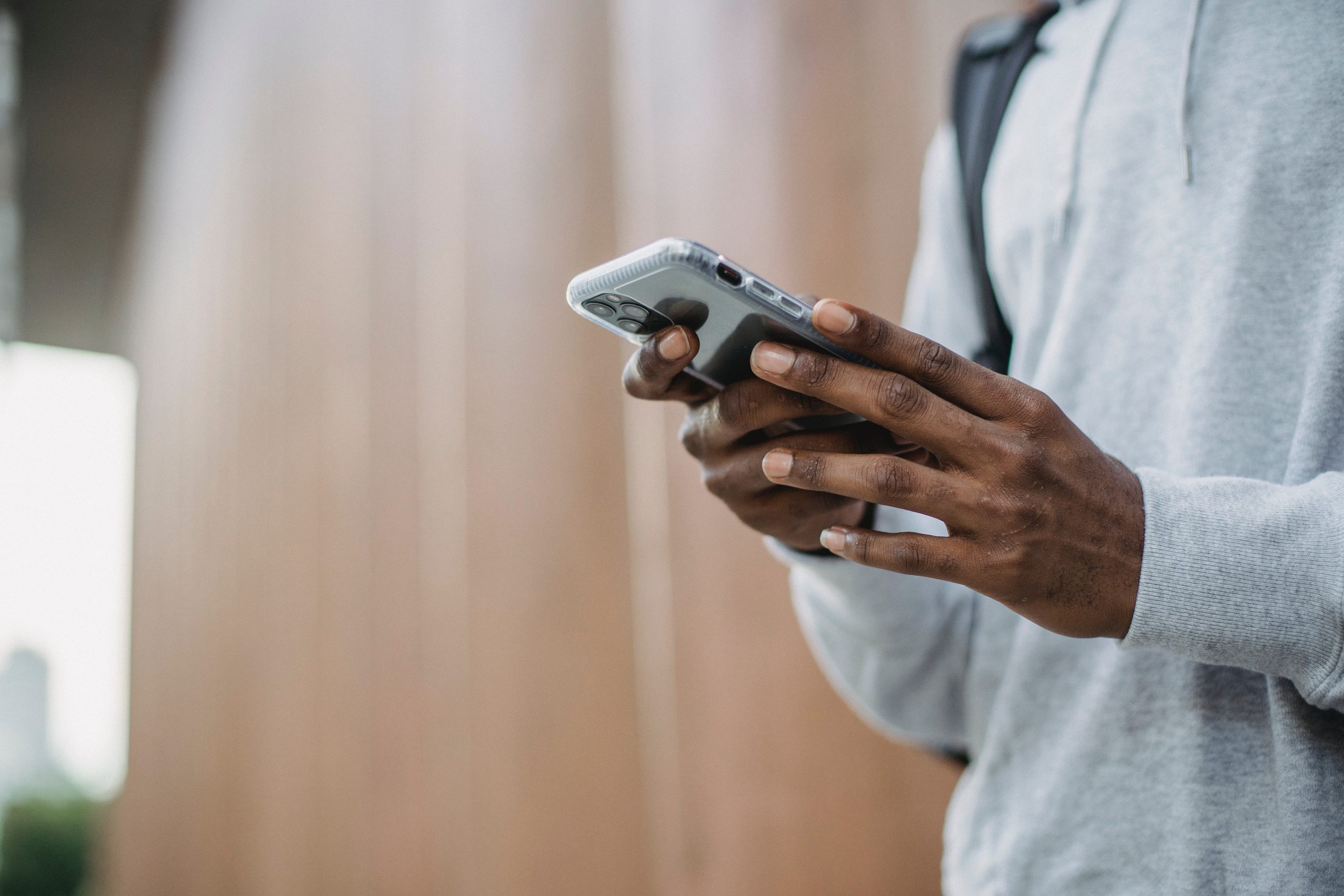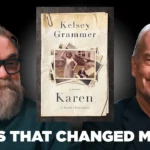In the digital age, communication has evolved significantly, giving rise to a plethora of acronyms, slang terms, and numerical codes that hold specific meanings. Among these, the number “459” has gained attention, particularly in the context of texting and online messaging. But what does 459 mean over text, and where does it come from? This article delves into the origins and usage of 459, exploring its significance in modern communication.

The Meaning of 459
The number 459 in text messaging often symbolizes “I love you.” This might seem puzzling at first glance, but it becomes clearer when you understand the reasoning behind it:
– 4 = I: The number 4 represents the word “I” because the digit “4” phonetically sounds like the word “I” in some languages and internet slang.
– 5 = L: The number 5 is used as a substitute for the letter “L.” This substitution is less direct but can be attributed to the visual similarity between the number “5” and the letter “L.”
– 9 = Y: The number 9 represents the letter “Y.” This association can be explained by the visual resemblance of the number “9” to a stylized or cursive form of the letter “Y.”
When combined, 459 translates to “I love you,” with each number representing a corresponding letter in the phrase.
Origins of 459
The use of numerical codes to represent words and phrases is not a new phenomenon. It dates back to early pager codes and text messaging, where brevity was crucial due to character limits and the cost associated with each message. Over time, these codes evolved into a form of shorthand communication used widely across various digital platforms.
Pager Culture
In the era of pagers, users developed a range of numerical codes to convey messages quickly. For example, “143” was widely recognized as a code for “I love you,” with each number representing the number of letters in each word:
– 1 = I
– 4 = Love
– 3 = You
The evolution of these codes continued with the advent of mobile phones and text messaging, leading to more complex and varied numerical representations like 459.
Internet Slang and Text Messaging
As text messaging and online communication became more prevalent, users sought even more creative ways to express themselves concisely. This gave rise to a host of abbreviations and numerical codes. Platforms like SMS, instant messaging apps, and social media played a significant role in popularizing these forms of shorthand communication.
The origin of 459 specifically as “I love you” is less documented but follows the same logical pattern as earlier codes. It likely emerged from a combination of internet slang, visual resemblance, and the desire for succinctness in digital communication.
How 459 is Used Today
In today’s digital landscape, 459 is one of many numerical codes used to convey emotions and messages quickly. It is particularly common in casual conversations between friends, family members, and romantic partners. Here are a few contexts in which 459 might be used:
Text Messaging
In text messaging, users often resort to numerical codes like 459 to express their feelings without typing out the entire phrase. This can be particularly useful when trying to maintain privacy or when communicating in environments where full messages might be easily read by others.
Social Media
On platforms like Twitter, Instagram, and Snapchat, users might use 459 in captions, comments, or direct messages to signify affection or endearment. The brevity of the code aligns with the character limits and fast-paced nature of these platforms.

Online Forums and Chat Rooms
In various online forums and chat rooms, 459 can be used to express camaraderie and friendship among users. It serves as a shorthand way to convey warmth and affection in a digital space.
The number 459 has carved out its niche in the world of digital communication as a shorthand for “I love you.” Its usage highlights the ongoing evolution of language in response to technological advancements and the ever-changing dynamics of online interaction. Understanding codes like 459 not only enhances our ability to communicate effectively in the digital age but also offers a glimpse into the creative ways people adapt language to suit new forms of communication.









